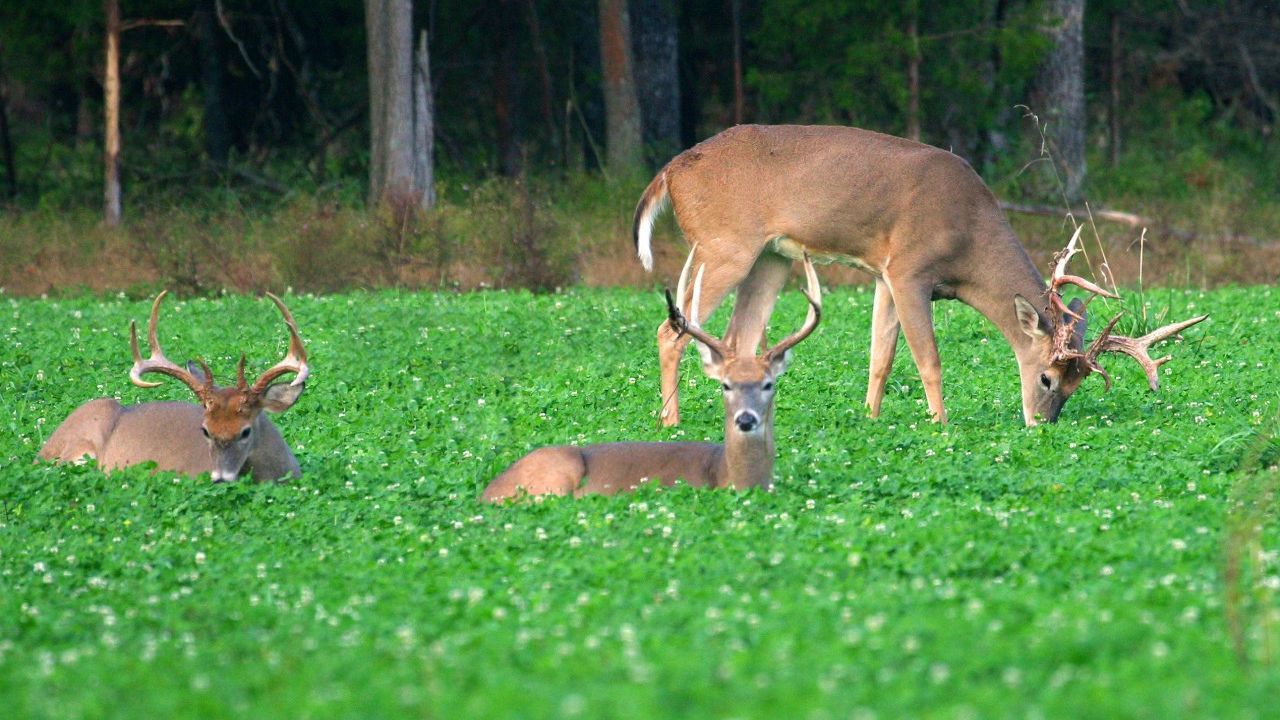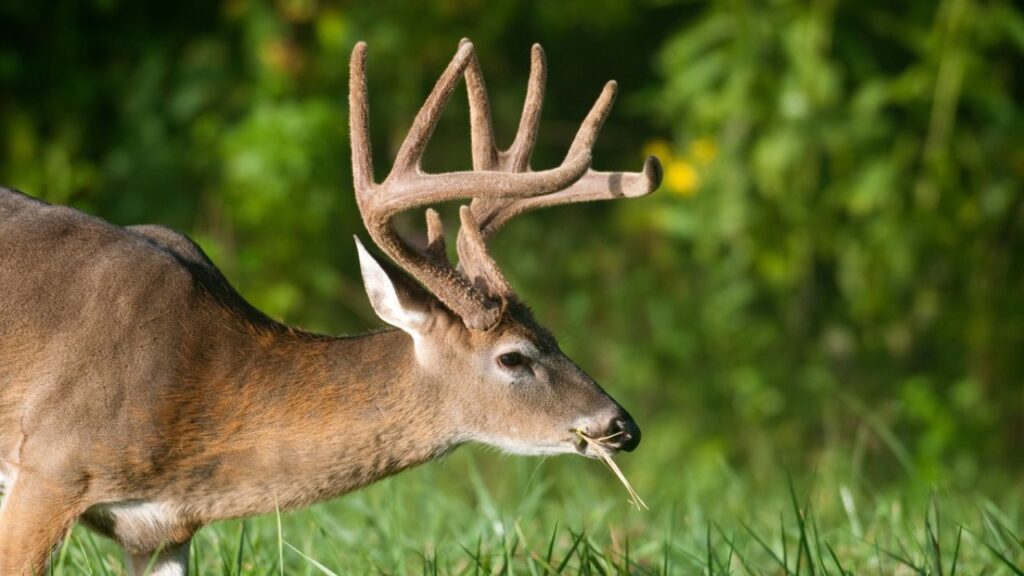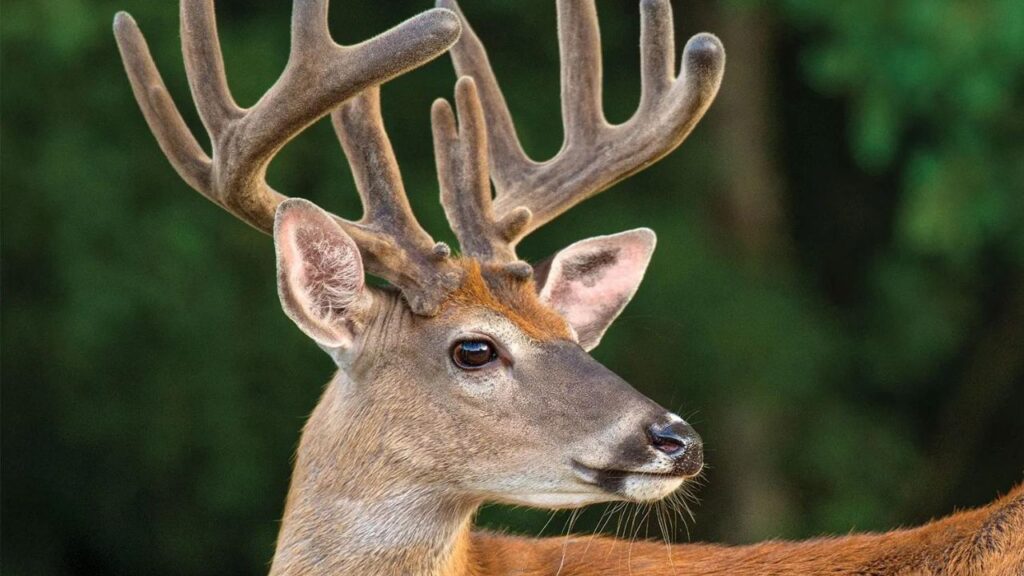In the realm of deer hunting and wildlife management, the importance of food plots cannot be overstated. A well-designed food plot serves as a critical resource, providing deer with the nutrition they need while offering hunters strategic locations for observation and potential harvest. As we delve into the quest for the number one best food plot for deer, it’s essential to understand the intricacies of deer dietary needs, the factors influencing food plot success, and ultimately, unveil the ultimate contender for the title of the best food plot.
Understanding Deer Dietary Needs
Like all living beings, deer have specific nutritional requirements that vary throughout the year. Their diet impacts everything from overall health to the size of their antlers. To create the best food plots for deer, one must understand and cater to these needs.
Deer diets consist of a variety of forbs, woody plants, and browse. During spring and summer, they thrive on the protein-rich vegetation that aids antler growth and fawn development. In fall and winter, deer shift to a diet dominated by woody browse and grains to build up fat reserves for the harsher months.
Factors to Consider in Food Plot Selection
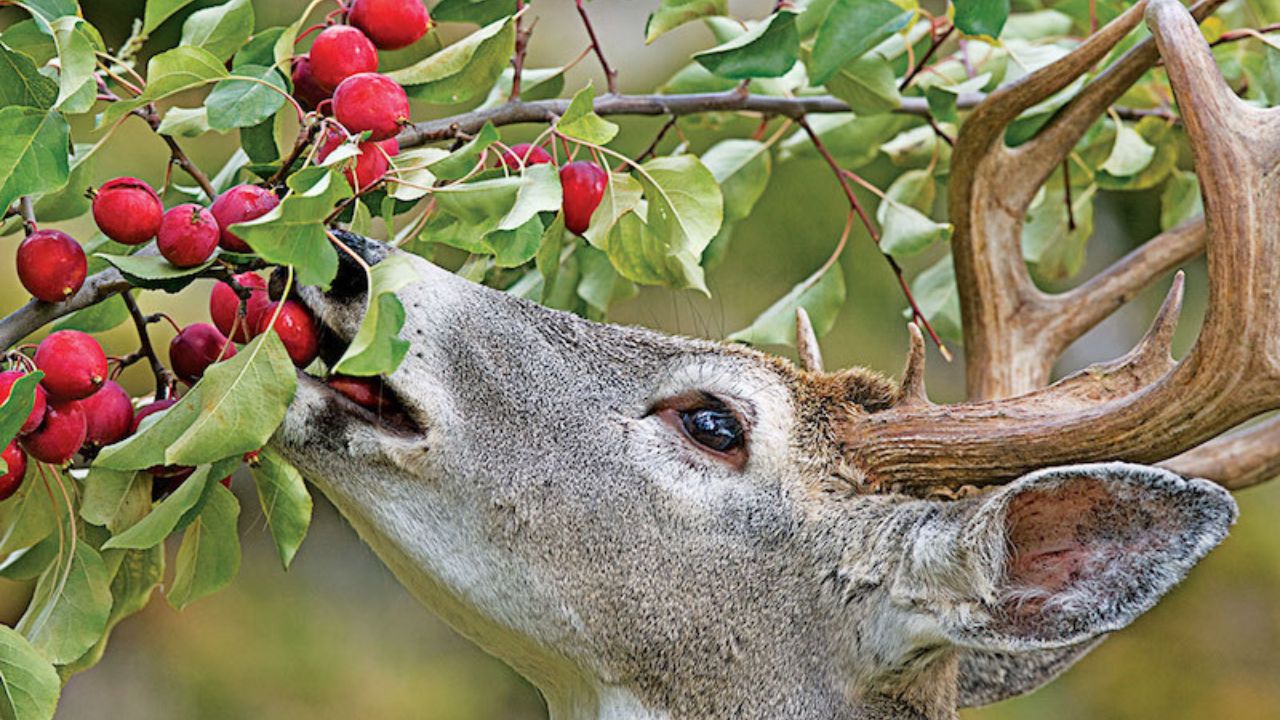
Creating the best deer food plot mix involves more than scattering seeds and hoping for the best. Several factors play an important role in determining its success.
Location and Climate: The first consideration is the location of the food plot. Deer are creatures of habit, and various factors, including bedding areas, water sources, and natural travel corridors, influence their movement patterns. Understanding the local climate and topography helps determine the best location for a food plot.
Soil Composition and Fertility: Soil health is paramount in the best deer fall food plot. Conducting a soil test to understand nutrient levels and pH is essential for choosing the right plants and ensuring their optimal growth. Fertile soil contributes to robust plant development and attracts and sustains deer throughout the year.
Planting Seasons and Maintenance: Timing is crucial when establishing a food plot. Different plants thrive in different seasons, and strategic planning ensures year-round attractiveness. Regular maintenance, including mowing and weed control, is vital for sustaining the plot’s appeal and nutritional value.
The Top Contenders for Best Deer Food Plots
Now, let’s explore the top contenders for the best deer food plots, each offering unique benefits to deer populations and hunters alike.
Clovers and Legumes: Many consider clovers and legumes the pinnacle of deer forage. They are rich in protein, vitamins, and minerals. Their year-round attractiveness and nutritional content make them a staple in many successful food plots.
Brassicas: Brassicas, including turnips and radishes, are especially effective in colder months. These plants not only provide nutrition but also act as a late-season magnet, drawing in deer when other food sources are scarce.
Native Grasses: Incorporating native grasses into food plots not only provides sustenance but also contributes to the overall biodiversity of a deer’s diet. These grasses are often hardy and adaptable to various climates.
Grain Crops: Grain crops like soybeans and corn are irresistible to deer. They offer energy-rich food sources, making them valuable components of a well-rounded food plot strategy.
The Ultimate Food Plot: A Closer Look
Benefits of Clovers and Legumes
Clovers and legumes, such as red clover and chicory, stand out as the ultimate choice for a deer food plot. Their benefits extend beyond mere attraction:
- Nutritional Advantages: Rich in protein, these plants contribute to antler growth and overall herd health.
- Year-Round Attractiveness: Clovers and legumes maintain their appeal throughout the seasons, providing a consistent food source.
- Drought Resistance: Many clover varieties exhibit resilience to drought conditions, ensuring sustained attractiveness in varying climates.
Planting Tips and Strategies
Achieving a thriving clover and legume food plot requires careful planning and execution:
- Seed Selection: Choose high-quality, certified seeds with a proven track record of success.
- Site Preparation: Ensure proper soil preparation, including weed control and optimal pH levels.
- Strategic Planting: Consider planting a mix of clover varieties to ensure year-round attractiveness and nutritional diversity.
Maintenance for Sustained Attractiveness
To maintain the best deer food plot, ongoing care is crucial:
- Mowing: Regular mowing helps control weed competition and encourages fresh growth.
- Fertilization: Periodic fertilization ensures continued soil fertility and plant vigor.
- Monitoring and Adjusting: Regularly assess the plot’s condition, adjusting strategies based on seasonal changes and deer preferences.
Brassicas: A Winter Wonderland for Deer
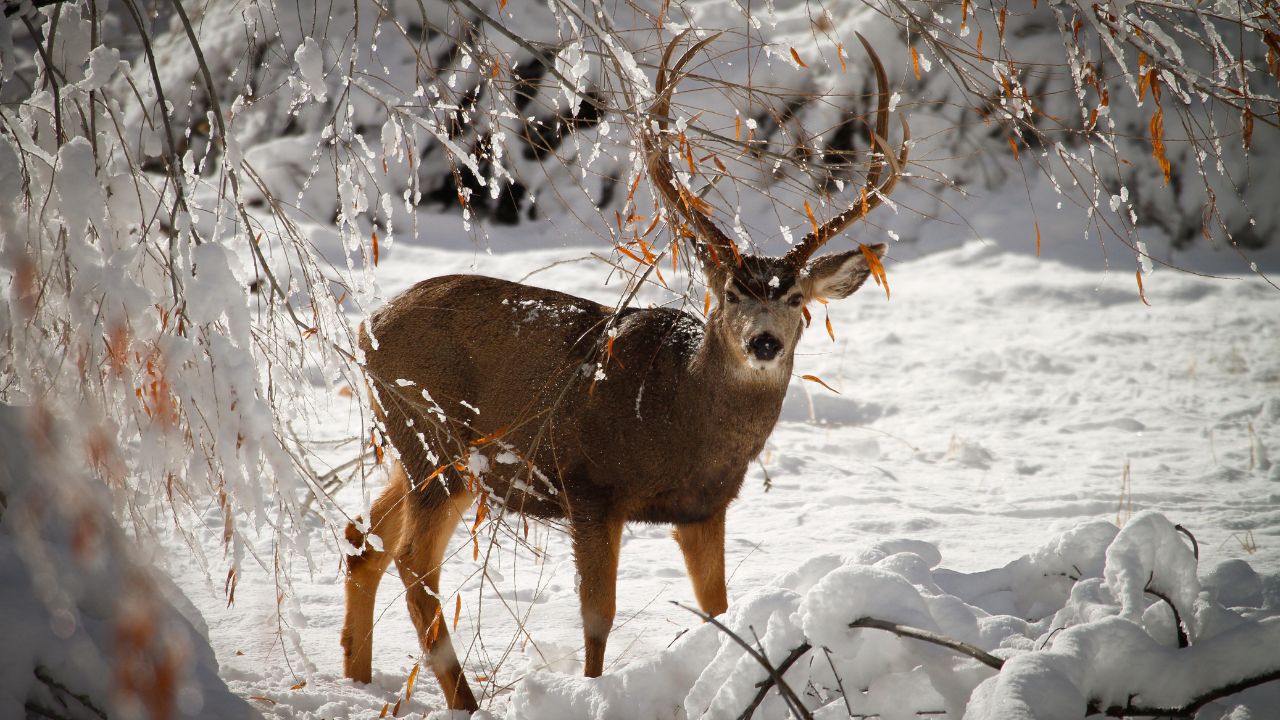
Nutritional Advantages: Brassicas, such as turnips and radishes, offer specific benefits, particularly in colder seasons:
- High Energy Content: Brassicas provide deer with a high-energy food source crucial for surviving harsh winter conditions.
- Late-Season Attraction: These plants act as late-season magnets, drawing in deer when other forage options diminish.
Ideal Planting Conditions: To maximize the effectiveness of brassicas in a food plot, adhere to specific planting conditions:
- Timing: Plant brassicas in late summer to ensure maturity for the late fall and winter periods.
- Companion Planting: Combine brassicas with other forages to create a diverse and attractive food plot.
Seasonal Considerations: Understanding the seasonal preferences of deer is essential when incorporating brassicas into a food plot:
- Fall Attraction: Brassicas reach peak attractiveness in the fall, coinciding with deer’s increased need for energy-rich forage.
- Winter Sustenance: The high-energy content of brassicas helps deer maintain body condition during winter.
Going Native: The Power of Grasses
Grasses as a Natural Choice: Native grasses offer several advantages for deer food plots:
- Adaptability: Native grasses are often well-adapted to local climates and soil conditions.
- Biodiversity Contribution: Incorporating native grasses enhances the overall biodiversity of a deer’s diet.
Adaptable Varieties: Selecting the right native grass varieties is crucial for success:
- Switchgrass: Drought-tolerant and provides cover for deer.
- Big Bluestem: Nutrient-rich and palatable, promoting deer health.
- Indian Grass: Resilient and offers nutritional value, attracting deer year-round.
Enhancing Biodiversity in Deer Diets: By incorporating native grasses, hunters contribute to a diverse and nutritious deer diet:
- Year-Round Attractiveness: Many native grasses maintain appeal throughout the seasons, providing a consistent food source.
- Natural Forage: Native grasses mimic the deer’s natural foraging environment, promoting health and well-being.
Grains for Gain: Maximizing Deer Attraction
Choosing the Right Grains: Grain crops, including soybeans and corn, are enticing options for deer food plots:
- Energy-Rich Content: Grains provide a high-energy food source crucial for deer’s nutritional needs.
- Versatility: Grain crops can be adapted to different climates and soil types.
Planting Techniques for Optimal Growth: To maximize the effectiveness of grain crops in a food plot, consider these planting techniques:
- Row Planting: Planting grains in rows facilitates growth and makes them easily accessible to deer.
- Rotation Planning: Rotate grain crops with other forages to maintain soil health and sustain deer interest.
Harvesting Considerations: Understanding the timing and methods of harvesting grain crops ensures sustained attractiveness:
- Timing: Allow grains to mature fully before deer have access to ensure maximum nutritional benefit.
- Strategic Harvesting: Plan harvesting to coincide with periods when other forages are less available.
Real-World Success Stories
In the pursuit of the best deer food plot, learning from the experiences of seasoned hunters can provide invaluable insights. Here are some real-world success stories that showcase the effectiveness of different food plot strategies:
John’s Clover Haven: By carefully selecting a mix of clovers and legumes, John created a year-round haven for deer, resulting in increased deer sightings and successful harvests.
Emily’s Brassica Bonanza: Emily strategically planted brassicas to complement her existing food plot, drawing in deer during late fall and winter, ensuring a successful hunting season.
Mike’s Native Oasis: By incorporating native grasses, Mike transformed his hunting grounds into a diverse and natural environment, contributing to the overall health of the deer population.
Common Mistakes to Avoid
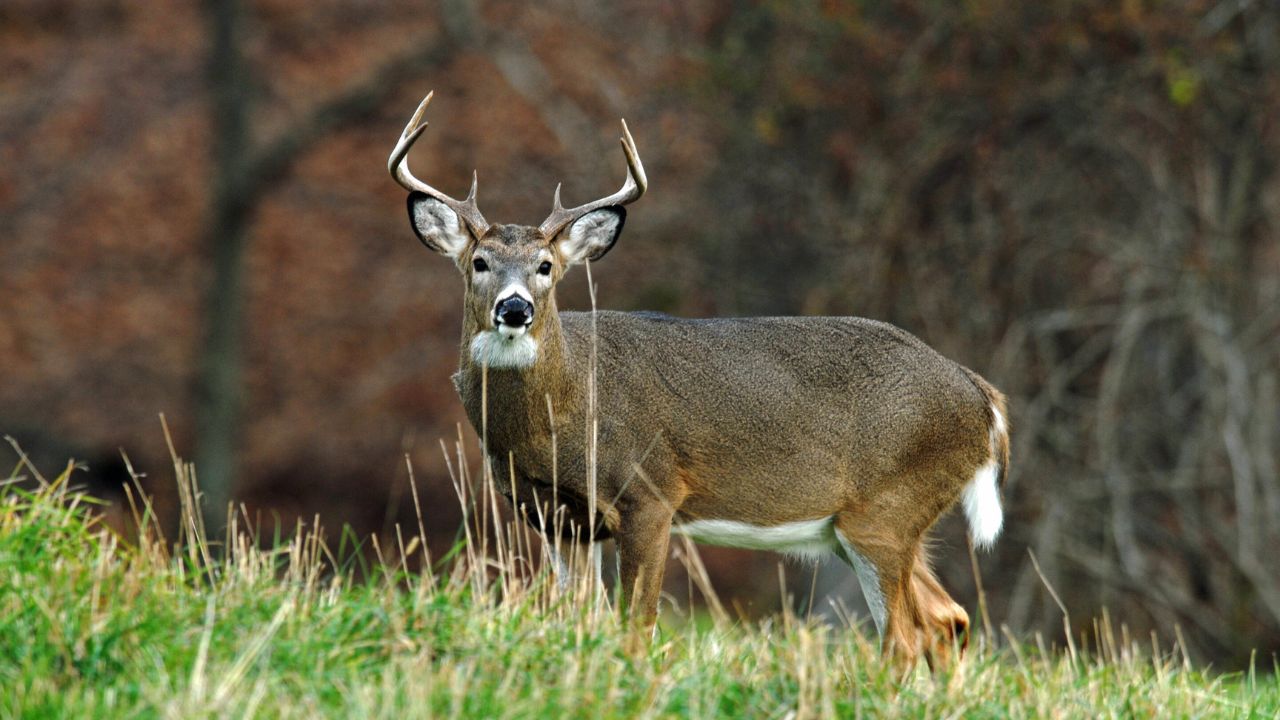
Even with the best intentions, mistakes can undermine the success of a deer food plot. Here are common pitfalls to avoid:
Overlooking Soil Health
Ignoring soil health and fertility can lead to poor plant growth and reduced attractiveness to deer. To maintain optimal conditions, conduct regular soil tests and implement proper fertilization practices.
Ignoring Local Wildlife Dynamics
Refrain from considering the broader ecosystem and the interaction between deer and other wildlife can impact the success of a food plot. Understand local wildlife dynamics to create a balanced and sustainable environment.
Neglecting Proper Maintenance
Failing to invest time and effort in regular maintenance, including mowing, weed control, and monitoring, can result in a less appealing and nutritious food plot. Consistent care is essential for sustained success and the best food plot for deer in fall.
Tips for DIY Food Plot Enthusiasts
Creating a successful deer food plot doesn’t have to break the bank. Here are some budget-friendly strategies, essential tools, and time-saving tips for DIY enthusiasts:
A. Budget-Friendly Strategies
- Seed Mixes: Explore budget-friendly seed mixes that provide a variety of forages without compromising quality.
- DIY Soil Testing: Conduct your soil tests using affordable kits available at garden centers.
B. Tools and Equipment Essentials
- ATV or Tractor: An ATV or small tractor can make planting and maintenance more efficient. It also provides the best food plot mix for deer.
- Broadcast Seeder: Invest in a broadcast seeder for even seed distribution, ensuring optimal plant density.
C. Time-Saving Tips for Busy Hunters
- Choose Low-Maintenance Plants: Opt for forages that require minimal care, reducing the time and effort needed for maintenance.
- Strategic Planting: Concentrate efforts on key areas frequented by deer, maximizing the impact of the food plot.
The Environmental Impact of Deer Food Plots
While deer food plots provide numerous benefits, the best food for deer food plot crucial to consider their environmental impact. Sustainable practices ensure the health of both the deer population and the broader ecosystem:
A. Sustainability Considerations
- Native Plant Inclusion: Incorporate native plants into food plots to support local biodiversity.
- Reduced Chemical Use: Minimize the use of chemicals to maintain a natural and environmentally friendly food plot.
B. Balancing Deer Needs with Ecosystem Health
Striking a balance between meeting deer needs and preserving the overall health of the ecosystem ensures a tolerable and thriving environment for both wildlife and plant life.
Debunking Myths About Deer Food Plots
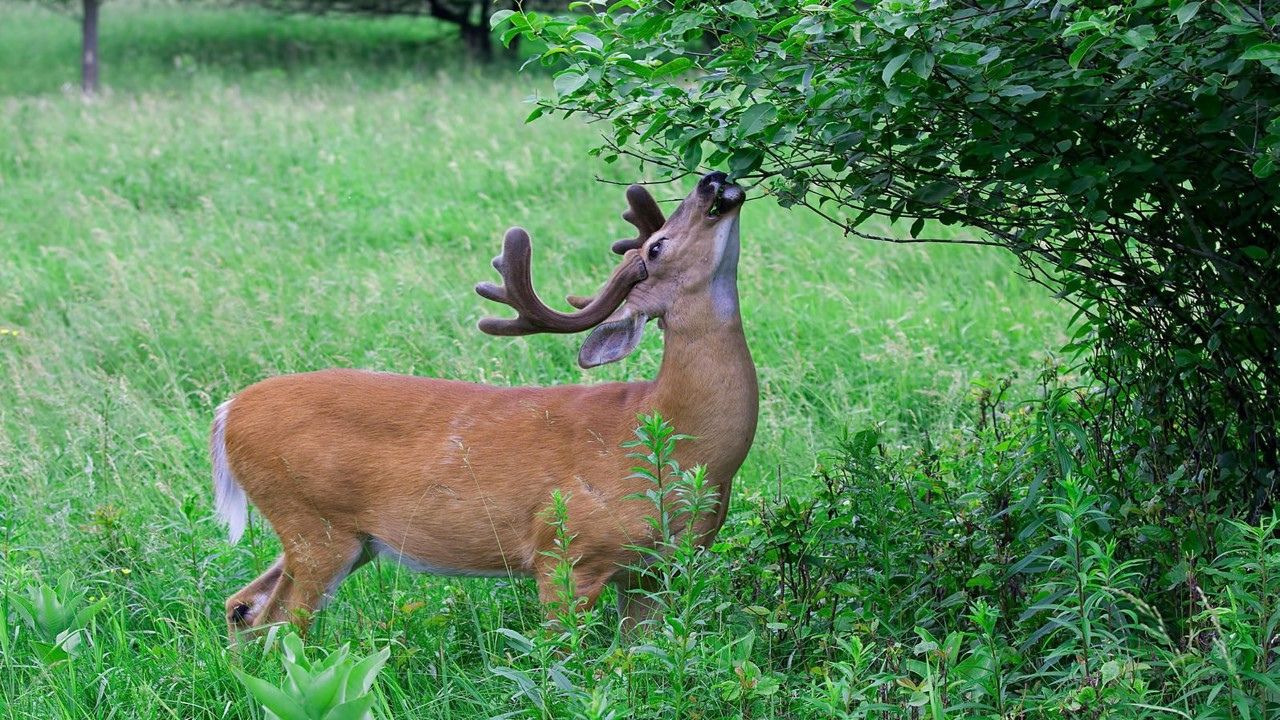
Separating fact from fiction is essential in the world of deer food plots. Let’s debunk some common myths:
A. Bigger Is Always Better
While larger plots can support more deer, the quality of the forage and strategic placement often matter more than sheer size.
B. Any Plant Will Attract Deer
Not all plants are equal in terms of deer attraction and good food plot for deer. Understanding deer preferences and nutritional needs is key to selecting the right forages.
Conclusion
In the pursuit of the number one best food plot for deer, the key lies in understanding the needs of these majestic creatures and selecting a plot that aligns with those requirements. Whether you opt for clovers, brassicas, native grasses, or grains, the success of your food plot rests on careful planning, maintenance, and a touch of experimentation. As you embark on this journey, remember that creating a thriving food plot is an art that combines science, passion, and a deep connection with nature.
FAQ
What Food Plot Attracts The Most Deer?
However, the best feeding plots for drawing and maintaining deer populations are usually thought to be those that include clover, brassicas, soybeans, and cereal grains. The food plot systems provided by Illusion Systems give hunters the ease of use and professional advice they need to set up effective feeding plots.
What is The Best Food For Deer?
For deer, woody browse made from hardwood twigs and occasionally balsam fir needles make up their natural winter diet. The most popular species for browsing are red oak, yellow and white birch, witch and beaked hazel, sugar, red, mountain, striped maple, and red oak.
What Are The Best Plants For Deer Food?
Perhaps the greatest deer meal that God has ever made is brassicas. These plants yield more than any previous whitetail planting, averaging 36% crude protein and over 80% total digestible nutrients. Brassica vegetables, such as turnips, rape, canola, and radishes, have significant starch contents that are converted to sugar in cold weather.

